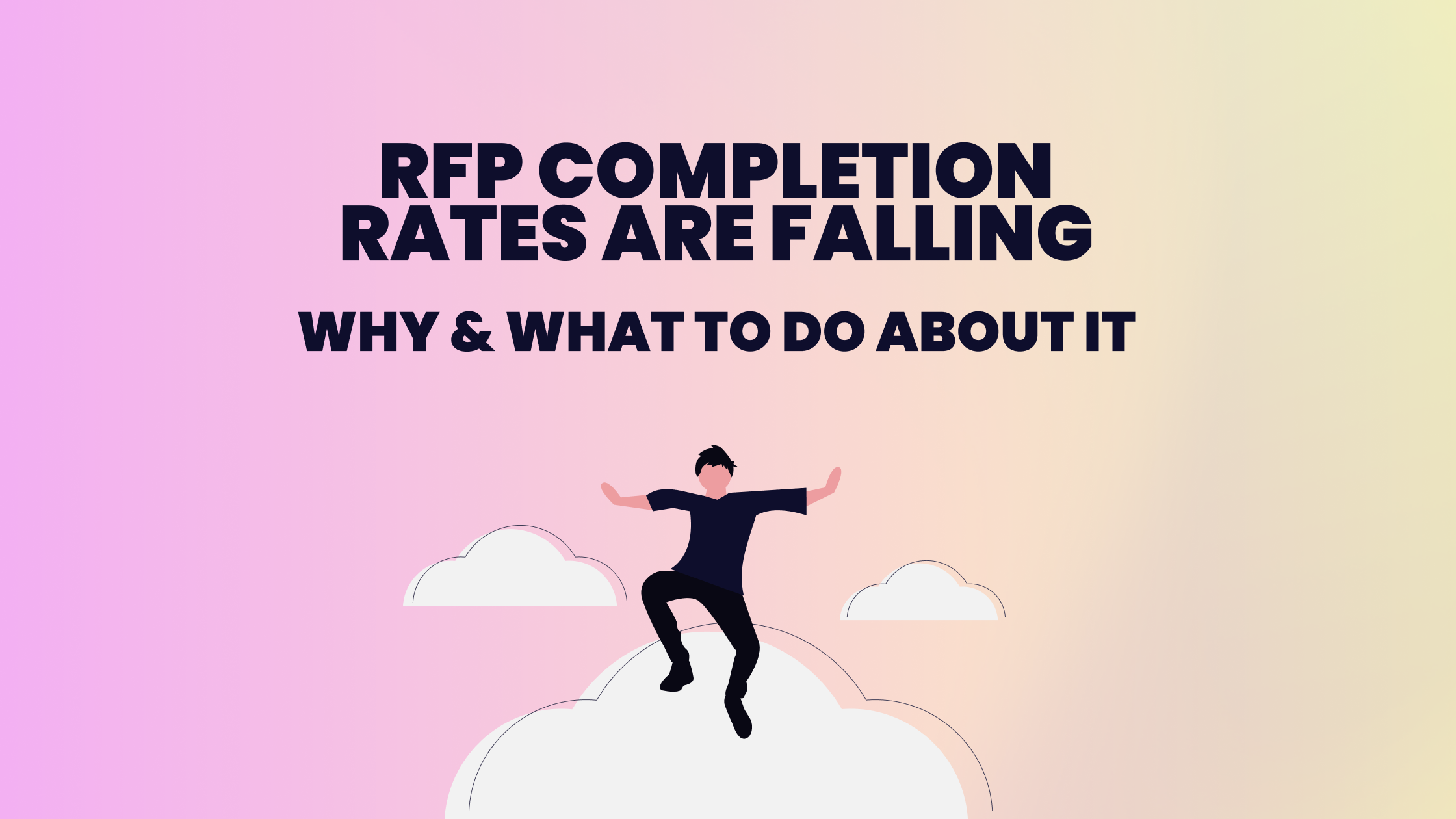In procurement, precision and transparency are critical. Organisations looking to acquire goods or services at scale often turn to formal, structured processes to ensure fairness, compliance, and value for money. One of the most commonly used methods in this context is the Request for Tender (RFT).
Who is this for?
If you’re a procurement manager at a public sector organization or large enterprise struggling with navigating complex tender processes and ensuring compliant submissions, this guide will help you understand RFTs clearly, avoid common pitfalls, and improve your chances of winning bids.
What Does RFT Stand For and What It Means in Procurement
An RFT, or Request for Tender, is a formal invitation issued by an organisation (typically a government department, public authority, or large enterprise) asking suppliers to submit detailed bids for the provision of specified goods, services, or works.
Definition of RFT in Public and Private Sectors
In the public sector, RFTs are governed by strict procurement rules to ensure transparency, competition, and accountability. In contrast, private-sector RFTs may offer more flexibility, but still aim to assess supplier suitability and value.
How RFT Differs from RFP, RFQ, and ITT
- RFT: Focuses on obtaining sealed bids that are fully priced and compliant.
- RFP (Request for Proposal): Used when buyer needs more flexibility or innovation in the solution.
- RFQ (Request for Quotation): Seeks quick price quotes for well-defined products.
- ITT (Invitation to Tender): Often used interchangeably with RFT in the UK and Commonwealth countries.
Typical Industries and Use Cases for RFTs
RFTs are widely used in industries such as:
- Construction and infrastructure
- Healthcare and pharmaceuticals
- Technology and public IT contracts
- Transportation and logistics
- Facilities management
How to Evaluate and Respond to an RFT Effectively
Success in responding to an RFT hinges on understanding the requirements and presenting a compelling, compliant bid.
Reading and Interpreting RFT Requirements
Always start with a thorough analysis of the RFT documentation. Key details to extract include:
- The scope of work
- Submission instructions
- Evaluation criteria
- Mandatory requirements
Preparing a Compliant and Competitive Bid
- Follow every instruction precisely.
- Align your response structure with the RFT template.
- Demonstrate capability, value for money, and relevant experience.
- Include all requested documentation (e.g. insurance, certifications).
Understanding Evaluation Criteria and Scoring
Procurement teams usually score bids using weighted criteria. Common factors include:
- Technical capability
- Cost
- Experience and track record
- Risk mitigation and compliance
Key Components of a Legally Compliant RFT Document
Scope of Work and Deliverables
Outlines exactly what is being purchased, including technical specifications and expected outcomes.
Evaluation Criteria and Scoring Methods
Details how responses will be assessed, enabling fair and transparent comparison of bids.
Contractual Terms and Conditions
Specifies the legal framework of the eventual contract, including liability, indemnity, and performance standards.
Submission Timelines and Deadlines
States when and how the bid must be submitted (non-compliance often results in disqualification).
Contact Points for Clarification
Lists designated individuals or systems through which bidders can ask questions. Most RFTs have a cut-off date for clarifications.
Common Mistakes and How to Avoid Them in RFTs
Insufficient Project Details in the Scope
This can result in ambiguous bids. Buyers should provide detailed, unambiguous scopes; suppliers should ask clarifying questions.
Unclear or Missing Evaluation Criteria
Without clear criteria, bids are harder to compare objectively. It’s a red flag and should be queried.
Lack of Communication Channels for Bidders
An RFT without a proper clarification mechanism can lead to misunderstandings and poor bid quality.
Ignoring Legal and Compliance Requirements
Failure to submit required legal documentation or adhere to regulations can automatically disqualify a bid.
Digital Tools and Trends Shaping the Future of RFTs
AI and Data Analytics in Bid Evaluation
Automated scoring systems can reduce bias, while analytics help identify best-value suppliers over time.
Blockchain for Secure and Auditable Tenders
Blockchain ensures tamper-proof records and traceable actions, increasing trust in public procurement.
Sustainability and Social Responsibility in RFTs
Many tenders now include criteria related to carbon footprint, DEI initiatives, and ethical sourcing.
Key Takeaways & Wrap Up
A Request for Tender (RFT) is a cornerstone of structured procurement, especially in the public sector. Understanding what an RFT is, how it differs from other procurement tools, and how to respond effectively can significantly improve your success rate. Whether you're a procurement professional issuing RFTs or a supplier aiming to win more bids, mastering the process is critical in today’s competitive landscape.
- RFT stands for Request for Tender, a formal procurement process used to source goods or services.
- It is distinct from RFPs and RFQs in its formality and level of detail.
- A successful RFT response requires accuracy, compliance, and strategic presentation.
- Common mistakes include lack of detail, unclear scoring, and compliance errors.
- Digital tools like e-procurement platforms and AI-driven evaluations are transforming how RFTs are managed.
What is an RFT – FAQs
What is an RFT in procurement?
An RFT is a formal request for suppliers to submit competitive, sealed bids for a specific scope of work or service.
How is an RFT different from an RFP?
An RFT is usually more rigid and price-focused, while an RFP allows more flexibility and is suited for complex or innovative projects.
Who uses RFTs?
Primarily used by public sector entities, but also adopted by large private companies with structured procurement practices.
What happens after I submit an RFT response?
The procurement team evaluates bids against predefined criteria. Shortlisted suppliers may be contacted for clarification or awarded directly.
Can I ask questions about an RFT?
Yes. Most RFTs provide a clarification period and a formal channel for questions.



